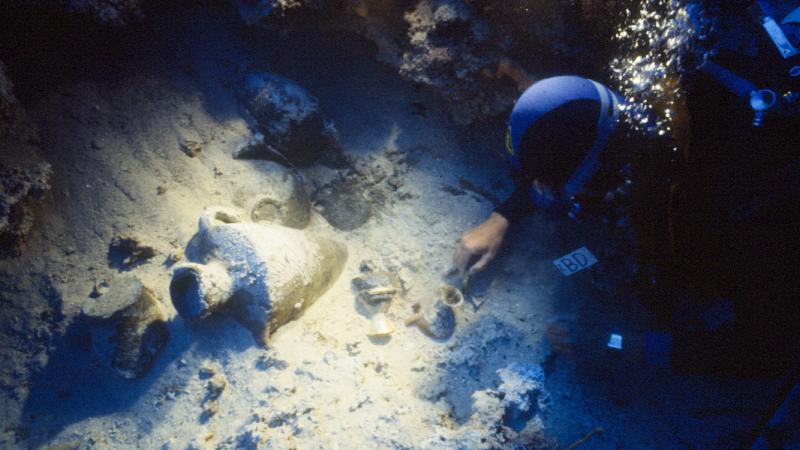When NEH announced its first call for grants, listed among the types of projects it wanted to support were “grants for development of humanistically oriented computer research.”
The focus on computers may have come as a shock to scholars who hadn’t been paying attention to what their colleagues were doing holed up in windowless rooms with reams of punch cards and miles of magnetic tape. Since the 1950s, aided by IBM mainframes the size of cars, scholars had been solving authorship questions and creating indexes to large collections of writing. Projects that once occupied a lifetime could now be completed in a matter of years.
The scope of how computers were transforming the humanities can be seen in the report issued by the National Commission on the Humanities in 1964. Anthropologists used computers for “the quantification of large masses of data” and predicted that their use would only increase. The American Studies Association believed that computers would help assemble bibliographies, while new facsimile methods would make “rare and locally unavailable items” available for research and teaching. The American Dialect Society saw computers offering new solutions for sorting and storing materials.
Classicists, however, wanted to do more than make indexes. “Obviously, it cannot be foreseen what novelties the future will produce,” wrote the American Philological Association, “but it can be confidently assumed that Americans will continue to provide refutation of the venerable canard that ‘after two thousand years there is nothing more to be done in Classics.’”
The commission’s final report lamented that the “humanities lag behind the sciences in the use of new techniques for research” and urged that “all encouragement should be given to the application of modern techniques to scholarship in the humanities.” NEH’s first chairman, Barnaby Keeney, took the commission’s advice to heart. During its first three grant cycles, NEH funded at least seven digital humanities projects for $98,158. (It’s not always clear from the projects’ titles if a project used computers, so the tally could be higher.)
Franklin B. Zimmerman, a musicologist at Dartmouth, proposed using computers to aid his research on Baroque composers Henry Purcell, George Frideric Handel, and Claudio Monteverdi. Douglass Adair, an intellectual historian and former editor of William and Mary Quarterly, wanted to use statistical methods to resolve authorship questions surrounding Edmund Burke’s work. Clarence C. Mondale, a professor at George Washington University, sought to develop a “computer-stored” bibliography of works in American Studies. Cornell’s Stephen Parrish received a grant to apply his pioneering techniques for concordances, or word indexes, to the works of Ben Jonson, Andrew Marvell, Alexander Pope, and Jonathan Swift.
Also funded in that first batch of grants was a conference “to explore the potential application of computer science to the advancement of research in the humanities.” The conference, known as the EDUCOM Symposium, took place in June 1967. One of the ideas discussed by the participants was a proto-Wikipedia-JSTOR hybrid—an on-demand encyclopedia that could serve up biographies, scholarly articles, and bibliographies with the click of button. They also talked about creating a network to connect scholars in different parts of the country and world for online collaborations.
That humanists were already thinking of this way to use computers is extraordinary, considering that the first message sent on ARPANET, the precursor to the Internet, was still two years away.
Written by Meredith Hindley, senior writer for Humanities.


